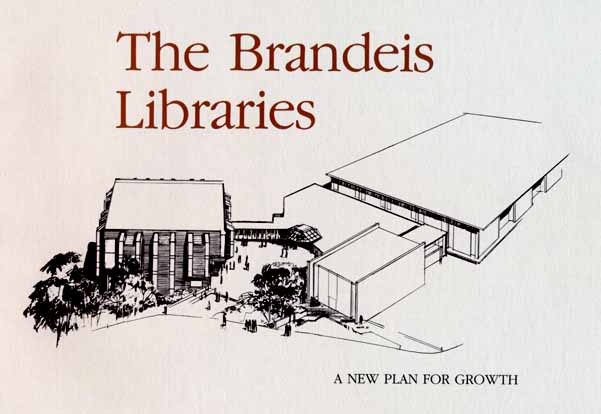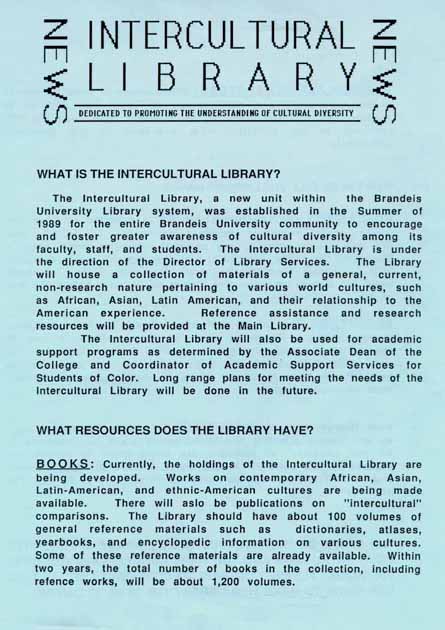1970-1989
Concern over the high cost of publications and the availability of research materials for graduate students lead the deans of graduate schools and the library directors from five local colleges and universities to form the Boston Library Consortium. Brandeis is one of the founders, along with Boston College, Boston University, Tufts University and the Boston Public Library. The BLC promotes cooperation among all members (in 1997, there are 16 members) in building research collections and in making resources more readily available to area students and scholars.
Also in 1984, the Libraries acquired the Shakespeare collection of Thomas Baldwin, a noted American Shakespearean scholar. The collection includes all important editions published after the folios, including the first edition of Shakespeare's works published in the United States.
In 1986 the Brandeis Libraries helped establish the Judaica and Middle Eastern Studies program (JAMES) of the Research Libraries Group, a national consortium of research libraries. Brandeis remains instrumental in establishing cataloging records for Hebrew materials.
In 1988 the Libraries received a challenge grant of $800,000 from the National Endowment for the Humanities as the first step in creating an endowment for collections in the humanities. In 1993 the challenge grant was completed, and an endowment of $3.2 million was established for library collections in the humanities. Also in 1988 the Libraries received a grant of $100,000 from the U.S. Department of Education to catalog the Vito Volterra History of Science collection--successfully competing for scarce grant funds with several larger research organizations.

